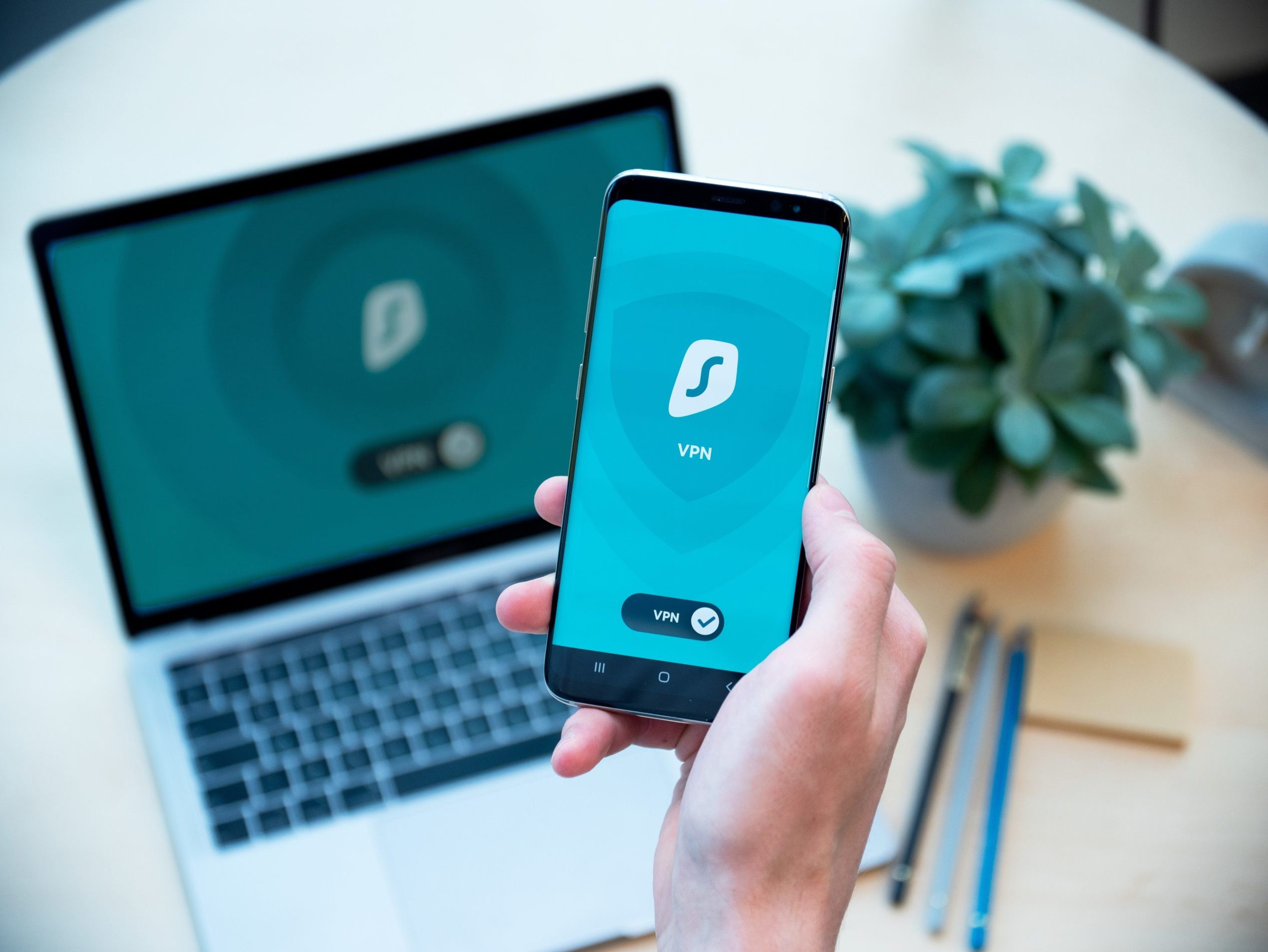
One of the most common concerns about using a shared inbox is the question of employee privacy. Employees are often unsure if their employer is entitled to review their email account and in what circumstances. In fact, most employers have a email policy which sets out how employees can use corporate email. It also usually sets out what, if any, email monitoring the company intends to carry out.
Recent decision of Constitutional Court
In October 2020, the Constitutional Court considered these issues further. This case involved an employee whose employment was terminated. The employees behaviour was investigated following complaints by other members of staff. As part of the investigation, the employer reviewed the contents of the employee’s email account without his knowledge. As a result of the inquiry, the employer decided to dismiss the employee.
At first instance, the Court concluded that the employee had been justly dismissed. The employee was aware that his emails could be accessed by his employer and there was evidence of the employee insulting his colleagues in the emails.
However, this decision was appealed by the employee.
On appeal, the Court agreed that the employee’s rights had been violated because the employer had not explicitly told the employee that it could review or monitor his emails. Further, the Court noted that the matter could have been investigated in other ways. For example, speaking to the complainants, reviewing the correspondence of the third parties and looking at other workplace records.
Employee implied consent and shared inboxes
This case does however raise important questions regarding an employee’s privacy and data protection. It also provides helpful context as to why the use of shared inboxes can be beneficial.
By their very nature, the use of a shared inbox requires the implied consent of the employee and their active participation. This creates a culture of transparency. Because employees know their emails are accessible, it can avoid employees sending abusive or inappropriate emails to others. It also encourages employees to think carefully about their written communications. By sharing their emails with others, it ensures that best practices are followed.
Working from home and employee privacy
In fact these issues have become even more prevalent in light of the coronavirus pandemic. As more employees are working from home, employers have had to look at alternative ways to monitor employee productivity. These methods include checking when emails have been opened, time spent on work related apps, physical location tracking and monitoring website visits. The legality of these practices are arguable and its a fine balance between protecting the legitimate interests of the employer and encroaching on an employees right to privacy.
Again, the use of a shared inbox can help alleviate some of these concerns. Rather than being concerned with an employees whereabouts, companies can use shared inboxes to offer an empathetic approach to the challenges faced by employees.
Another use case is where a shared inbox, that is accessible by multiple people, can provide respite for home schooling parents. By offering a means of transparency, it can enable others, who perhaps have more capacity, to jump in when needed.
By sharing emails, employees can enhance the customer experience. It enables a complete visibility on matters and customers are not put at a disadvantage due to multiple handovers.
Ready to learn how Threads can benefit your team’s communications?
Contact Threads to learn how Threads’ shared inbox can streamline your processes.
